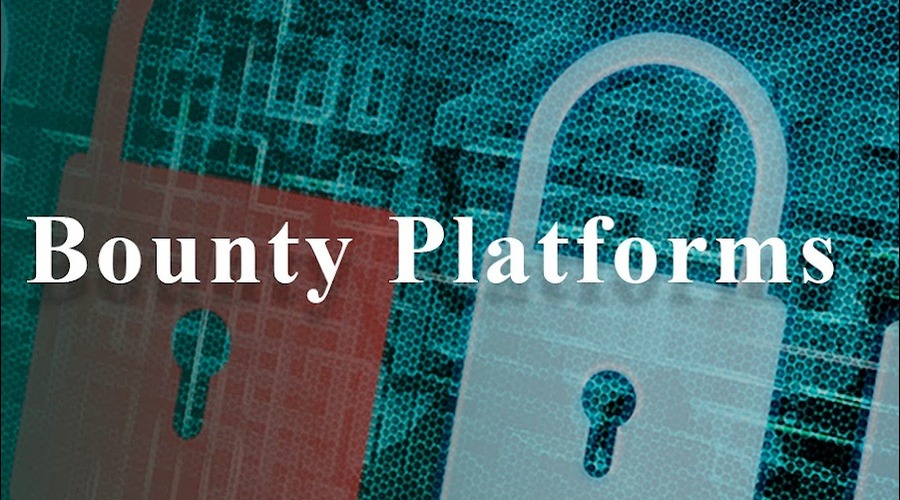Cryptocurrency has revolutionized various industries, including travel. One innovative application of cryptocurrency is the integration of rewards programs into the travel industry. These programs offer numerous benefits for both travelers and travel companies, providing convenient and secure transactions, lower fees, access to exclusive offers, and loyalty rewards. In this article, we will explore the concept of cryptocurrency rewards programs in the travel industry and delve into their advantages, popular cryptocurrencies used, challenges faced during implementation, successful examples, and future trends. Understanding Cryptocurrency Rewards Programs in the Travel Industry What are cryptocurrency rewards programs? Cryptocurrency rewards programs are loyalty programs implemented by travel companies that utilize digital currencies, such as Bitcoin, Ethereum, or Ripple, to incentivize travelers. These programs enable travelers to earn cryptocurrency rewards based on their spending or participation in certain activities, which can later be redeemed for various travel-related benefits. The growth of cryptocurrency in the travel industry The travel industry has embraced cryptocurrency due to its decentralized nature, increased security, and potential for cost savings. Travel companies recognize the growing popularity of digital currencies and the desire of travelers to explore alternative payment methods. As a result, many companies have integrated cryptocurrency rewards programs into their operations, aiming to attract tech-savvy and forward-thinking travelers. Benefits of Cryptocurrency Rewards Programs for Travelers How Cryptocurrency Rewards Programs Benefit Travel Companies Increased customer engagement Implementing cryptocurrency rewards programs can significantly enhance customer engagement for travel companies. By offering a unique and innovative loyalty program, companies attract tech-savvy travelers who are eager to explore new payment methods. This increased engagement leads to higher customer satisfaction and retention. Enhanced brand loyalty Cryptocurrency rewards programs help build brand loyalty among travelers. By providing exclusive benefits and incentives, travel companies create a sense of appreciation and value for their cryptocurrency-using customers. This fosters a long-term relationship, increasing the likelihood of repeat bookings and positive word-of-mouth recommendations. Cost savings for travel companies Cryptocurrency rewards programs can also result in cost savings for travel companies. By bypassing traditional payment intermediaries, companies can reduce transaction fees and processing costs. Additionally, the automation and smart contract capabilities of blockchain technology further streamline operations, reducing administrative expenses. Popular Cryptocurrencies Used in Travel Rewards Programs Bitcoin (BTC) Bitcoin, the pioneering cryptocurrency, is widely accepted in the travel industry. Many travel companies, including airlines, hotels, and online travel agencies, have started accepting Bitcoin as a payment method. Its global recognition, stability, and widespread adoption make Bitcoin an attractive choice for travel rewards programs. Ethereum (ETH) Ethereum, known for its smart contract capabilities, has also gained traction in the travel industry. Its programmable blockchain allows for the creation of decentralized applications (DApps) that facilitate various aspects of travel, including rewards programs. Ethereum-based tokens provide flexibility and enable unique rewards structures. Ripple (XRP) Ripple’s digital asset, XRP, offers fast and low-cost transactions, making it appealing for travel rewards programs. Ripple’s payment protocol, designed for seamless cross-border transactions, provides an efficient and cost-effective solution for international travelers. Its integration into rewards programs enhances the overall travel experience. Overcoming Challenges in Implementing Cryptocurrency Rewards Programs Regulatory considerations Implementing cryptocurrency rewards programs requires careful consideration of regulatory frameworks. Travel companies need to navigate legal and compliance requirements, ensuring adherence to anti-money laundering (AML) and know-your-customer (KYC) regulations. Collaborating with legal experts and regulators can help address potential challenges and ensure compliance. Educating travelers about cryptocurrency One challenge in implementing cryptocurrency rewards programs is educating travelers about digital currencies. Many people are unfamiliar with the concept and may have concerns about its volatility or security. Effective communication and educational materials can address these concerns and help travelers understand the benefits and safety measures associated with cryptocurrencies. Technical infrastructure Travel companies must establish a robust technical infrastructure to support cryptocurrency rewards programs. This infrastructure includes secure digital wallets, reliable payment gateways, and integration with blockchain technology. Collaborating with experienced tech partners can ensure the smooth implementation and operation of these programs. Examples of Successful Cryptocurrency Rewards Programs in Travel Expedia’s acceptance of Bitcoin Expedia, one of the largest online travel agencies, started accepting Bitcoin as a payment method in 2014. By embracing cryptocurrency, Expedia tapped into a new customer base and demonstrated its commitment to innovation. This move was met with positive reception from tech-savvy travelers looking for alternative payment options. Travala’s AVA token Travala, a blockchain-based travel booking platform, introduced its AVA token as a loyalty reward for its customers. Travelers can earn AVA tokens by making bookings on the platform, referring friends, or writing reviews. These tokens can be redeemed for discounts on future bookings, providing an incentive for continued engagement. Future Trends in Cryptocurrency Rewards Programs Conclusion Cryptocurrency rewards programs have emerged as an exciting development in the travel industry, offering numerous benefits for both travelers and travel companies. These programs provide convenience, lower transaction fees, access to exclusive offers, and loyalty rewards. By embracing cryptocurrency, travel companies enhance customer engagement, build brand loyalty, and achieve cost savings. Despite challenges, the implementation of cryptocurrency rewards programs continues to grow, with successful examples already in existence. As the industry evolves, future trends indicate the integration of blockchain technology, customization, and partnerships. By leveraging these opportunities, the travel industry can unlock new possibilities and offer enhanced travel experiences to cryptocurrency users. FAQs


















